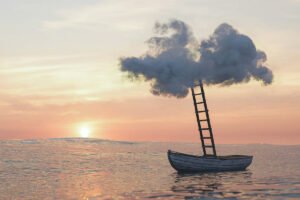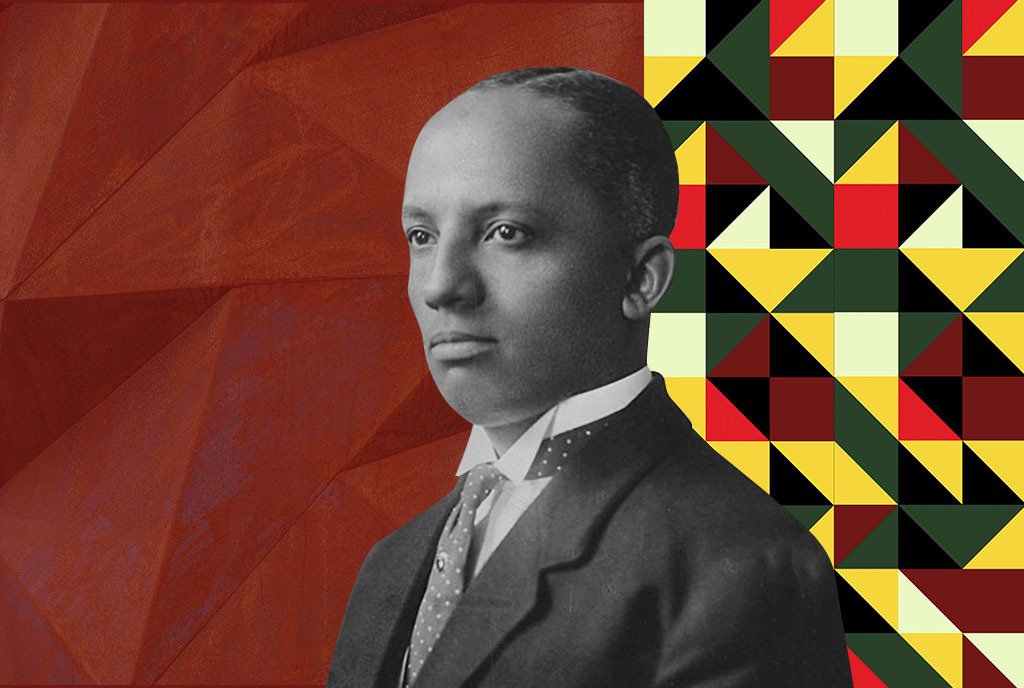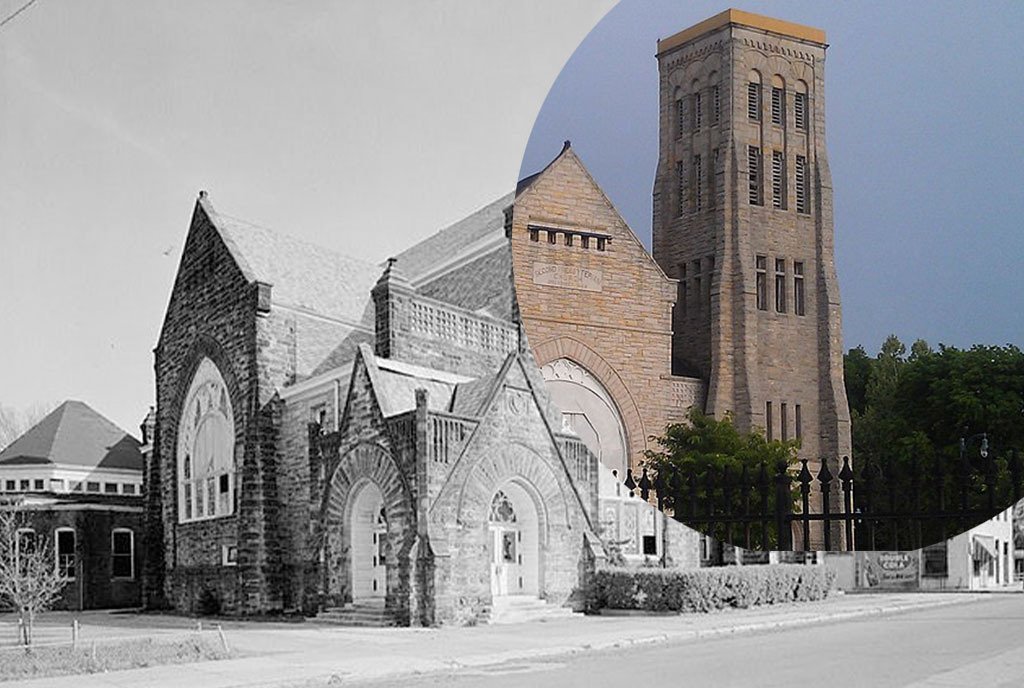
The following is the transcript of our interview with author, advocate, and movement leader Heather McTeer Toney. We discussed her latest book Before the Streetlights Come On, the intersections of racial justice and climate justice, and the power and presence of Black women in the movement. This transcript has been edited for length and clarity.
Iris Crawford: Heather, thank you for spending time with me and writing about climate solutions, climate change, and climate justice. What was the inspiration for Before the Streetlights Come On?
Heather McTeer Toney: Thanks so much for having me. The title, I think, encapsulates everything I have thought of, grown up around, and puts it in the lens of climate action….Black America called for climate action, climate solutions. My inspiration was seeing the lived experiences of Black people in America not really reflected in environmental conversations. So, even when I began to do this work 20 years ago, I did not see myself as an environmentalist. Environmentalists and climatologists were all White, they were all in California or in the Northeast, they all did hug trees, wore Birkenstocks, and didn’t eat bacon. And I’m Southern, and I’m Black, and I didn’t see myself.
“I wanted to have a piece where you felt like you were reading a story, reading a novel, but it was backed up by data and science that you could go to and point to.”
I think that really painted a picture for me of where we were missing in the actual visualization of loving and caring for the climate. And so much of that is changing now. I was really inspired to write about not only those changes but the connection between our social justice struggles and climate action, and how climate and…environmental justice, are really foundational components of every social justice movement that we’ve experienced as Black Americans in this country. So that age-old saying, “Get in the house before the streetlights come on,” it’s really a call to action. It’s a verb. When you hear those words, it means do something. And that’s what climate solutions, climate action, is. It’s not just something that we talk about; it is a call to action. We have to do something. And that’s where I wanted to start with my book.
IC: I like the way you made this book an entry point for anyone looking to understand the intersections between climate justice, climate change, race, health, education….What was your research process of pulling all of these dense topics, from global warming, to faith, to redlining, to greenlining, to food insecurity together in an accessible, easy-to-read way?
HMT: It is a process of constantly educating ourselves. That’s the process I go through in explaining and telling the stories and creating a very clear pathway for people to understand what climate action is. And I think it’s a beautiful mix of what we see and experience every single day.
I’m an attorney by trade. My mom’s a retired schoolteacher, and my family roots are in ministry and faith. My great-great-grandmother was a minister. And so, all of these things come together in how we story tell. Knowing what the story is, and then going and finding the research to prove what that story is and whether or not it’s correct—and the data that then goes along with that, and then coming back and weaving it into the speak that resonates with our spirits, or souls, and calls us to action. That was my process for figuring out just how do we talk about this. How do we connect the dots between what happened with George Floyd and Ahmaud Arbery and Breonna Taylor during those summer months of activism in Black and Brown communities across the country? How do we connect that with the fact that it’s hot?…It’s getting warmer, and there are clear, identifiable touchpoints between extreme weather, heat, police brutality, and Black communities.
At the end of the book, there’s a “Notes” section where you see the research in each of those areas. I wanted to have a piece where you felt like you were reading a story, reading a novel, but it was backed up by data and science that you could go to and point to.
“We have to smile at the things that bring us joy and hope, laugh at the things that are funny, and then continue to come back to the work that needs to be done. That’s something that’s missing from the climate conversation that Black Americans bring.”IC: I think your book is very clearly a mix of your personal experiences, as well as both environmental history and political history. When we think of George Floyd, it seems so long ago, but it was not that long ago. It was three years ago. Even the Civil Rights movement wasn’t that long ago. How did you find the balance with your personal experiences and those historical events?
HMT: It’s a constant dance. I don’t think there is really an even space because some topics…I personally find really difficult to work through because it is an ongoing evolution of our experiences and just identifying these different new touchpoints to climate action, and new touchpoints to [the] pain and trauma that has been experienced in our communities for generations.
But there comes a point that I think we have to stop and take a deep breath. We have to smile at the things that bring us joy and hope, laugh at the things that are funny, and then continue to come back to the work that needs to be done. That’s something that’s missing from the climate conversation that Black Americans bring. There’s such a dearth of hope in this conversation that’s necessary but that we always brought to our conversations because we are resilient. And that hope can never be separated from the outcomes that we hope to achieve and look to achieve for communities. So, that’s where I’m bringing stories of laughter…and the things that make me smile and make me hopeful; that I’m not just out here working on an issue that is us all going to hell in a handbasket, and we’re all gonna burn up. No! There’s points of hope along the way, the same points that have been passed on from generation to generation.
Look, it’s important that we…validate that, and I think I’d go back a little bit to your previous question [about] research and why that’s so important. It’s because we’ve always been questioned and asked to validate our information. We have to go over and above to justify what we’re saying….We can back it up, and we have the wherewithal to do the research and know to put it there and know to be able to show where these significant data points are a part of the conversation; that has to be present, has to be upfront, because they push us to hope.
Sign up for our free newsletters
Subscribe to NPQ's newsletters to have our top stories delivered directly to your inbox.
By signing up, you agree to our privacy policy and terms of use, and to receive messages from NPQ and our partners.
I will never forget writing that chapter on George Floyd. It was the hardest one for me to write because I have Black sons. And just thinking about that is really, really difficult. It was a rough challenge….I think we balance both the pain and the joy, and again, it’s through what we’re close to, what we’re connected to. Mine is my children. That was really tough to write about because I was writing that when the decision about George Floyd was happening. In fact, I’d written that chapter and then we had gotten the verdict, and I was testing a lot of the writing and the action items in this class that I was doing at the University of Chicago’s Institute of Politics. On the very day of the verdict, I had Mustafa Santiago Ali as my guest. I’m working with students and I just remember vividly feeling anxious, knowing I was teaching what I had written, and we were about to see the outcomes of connecting environmental justice and climate justice to police brutality, extreme weather, and the things that we experienced in our communities. And then looking for solutions, because again, we can have all the conversations in the world, but solutions are what get us to a point of activism and creating a better space for everyone to live.
IC: One thing that I was shocked by is how you were able to pull so much information together. I think each topic that you covered could be its own book. For example, in the food section, you went from food insecurity to the cultural appropriation of food, using the example of collard greens and the burden of food deserts, before connecting it to geographic location. What does it mean to exist as a frontline community, and how did you put those puzzle pieces all together as opposed to focusing on one or two aspects?
HMT: I can only write it the way that I both live it and see it, and it makes sense to continue the story. In that section on food, in constantly thinking about coming up in the Mississippi Delta, a place where we are surrounded by the most fertile soil in the world, that even in the space of fertility, of growth, of a history of harvest, there exist food deserts of pain, and there exist lack and poverty that’s exasperated by environmental injustices. Couldn’t separate that [from] driving with my dad down Highway 61 and seeing fields on both sides as we were going to either his work or participate in something in one community or another, be in a march in Indianola or what was happening. And I just remember vividly seeing people who look like me who were standing in these fields with big slickers on, waving flags, and they were being sprayed by chemicals in order to make sure that the harvest came fully and fruitfully. So it’s a sacrifice, right? And it’s the sacrifice that’s happening right in front of us. And telling that story and connecting it to, again, the visualization of…my godmother’s backyard, collard greens.
I saw myself in kids playing in the rows of greens and tomatoes and whatever else was coming up in the backyard, pretending to do the same things that we had seen up and down the street. If you put that visualization together, it’s this constant cycle of being in a place, surrounded by the things that you’re supposed to have and [are] supposed to be good for you, but it being poisoned. I had to find ways to not only work through that internally but [also] explain that to other people. In my role, in all of our roles, whether it was EPA, certainly as mayor and talking about environmental injustices, it always seemed this barrier of being able to help people understand why Black folks weren’t so excited about doing something….“We’re going to clean up the air, we’re going to clean up the water, everybody in the community should come out so we can reduce the amount of emissions that are going into the air and water that’s coming from that plant down the street.” That did not include the fact that this was the same group of people that have been so heavily impacted and were dealing with a number of issues that seemingly had not been addressed by the very same people who wanted them to come and do something for themselves.
So, in that chapter…I visualize it as that scene in The Color Purple, with the character played by Oprah Winfrey [Sofia] and Miss Millie—when Miss Millie is asking her, don’t you want to come be my maid? And she’s like, “Hell, no.” And repeats it, “Hell, no.” Why do I want to come and do something for the very same groups and communities of people who have oppressed me and are the responsible party for why I [can’t] eat the greens out of my backyard because the soil is poisoned? And part of the reason why I’m now having to pay what I call an “environmental poverty tax,” which is the additional cost that people in environmental justice communities have to pay to eat, because they live in a food desert? They don’t have water that is not only clean for them to drink but is also the very same water that you’re supposed to water the plants with in the backyard where the soil is poisoned. And oh, by the way, you don’t own the house in order to plant anything in the house anyway. So, it is this realization I think we have to have of: How do we get where we are in order to solve the problem? And what needs to be explained to everybody so that we can move forward, deal with that past trauma and pain…there are opportunities here and why these opportunities are so important to the sustainability of us all.
“We were gathered here together, and the message was, ‘But we keep going.’”
IC: Speaking about The Color Purple and Black women, I think one line in the book that really struck me was, “We talked about how Black women in the South like us know what it is to be bent but never broken.” And I thought that was powerful in your conversation with Sharon Lavigne, founder of RISE St. James. I know the foreword of your book is written by Dr. Bullard and Dr. Beverly Wright. But you have a cultural history of Dr. Beverly Wright, and I know you know Miss Peggy Shepard up in Harlem. How have these Black women shaped your understanding, your leadership, and your journey all of those past years?
HMT: It is such a blessing to have been taught by and seen by Black women who are powerhouses in their own right. And there is a connection and a joy that is both encouraging but also accountable. It’s that that I love about who we are. And there are all kinds of memes and jokes and conversations and inspirations about Black Girl Magic and us being superwomen and being able to do all of these things, but centering in this moment of care, that’s what I feel and why I’m thrilled that I get a chance to pick up the phone and can call Dr. Wright, call Miss Shepard, and so many others. Lisa Jackson and Dr. Mildred McClain, who are, again, people who’ve been doing this work for years. And there are generations of environmental justice advocates that are Black women, and I wanted to be a part of giving them [a] voice, a part of being both an advocate and an organizer….And so often, we pick out one or two and elevate that one or two, but there’s a much, much bigger table. Even now, so many young Black women who are coming and doing this work in their own way, in their own phenomenal fashion…that, too, is encouraging.
“We’ve already won because of the generational impact, the conversations that we are having, and how we are sharing a message of climate action embodied in what we have lived and done every single day.”I was at [the] Essence Festival in New Orleans this year, and the best time was at an event called Rise Up Cancer Alley.…Dr. Beverly Wright was there, Jo and Joy Banner from the Descendants Project, Sharon Lavigne and her daughter Shamyra Lavigne, Roishetta Ozane, Shalanda Baker from the Department of Energy, Wawa Gatheru, and Mary Hagler. It was an all-star cast of Black women who were environmentalists, and it was [a] joy talking about the work that they had done, why it was so important for us to continue to resist…, and you know, this was happening in a really powerful moment because in Louisiana they had just received word that the lawsuit the EPA had put forth on discrimination had been dropped. So, here we are in this moment, sitting with the very people who’d been fighting against discrimination clearly just hearing that something that was huge for them had been dropped, but we were gathered here together, and the message was, “But we keep going.” It was almost four generations….I just sat there for a moment and said wow. This is something that we’ve already won. And we’ve already won because of the generational impact, the conversations that we are having, and how we are sharing a message of climate action embodied in what we have lived and done every single day. We don’t give up.
Our bodies are the epitome of resistance and of sustainability, despite everything. We’re going to hold each other up and hold each other accountable for ensuring that it keeps going and that we…take a moment to rest, to take a moment to smile, to take a moment to say, “Hey girl, you look good, keep going.” And to check on one another….We have action items in this book. This is what we’re supposed to do, so let’s go do it.











